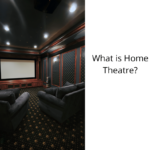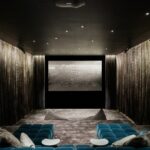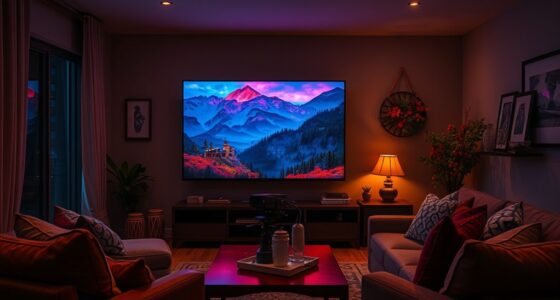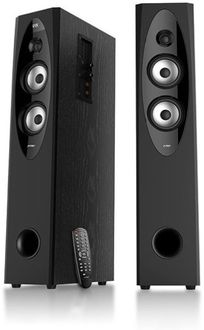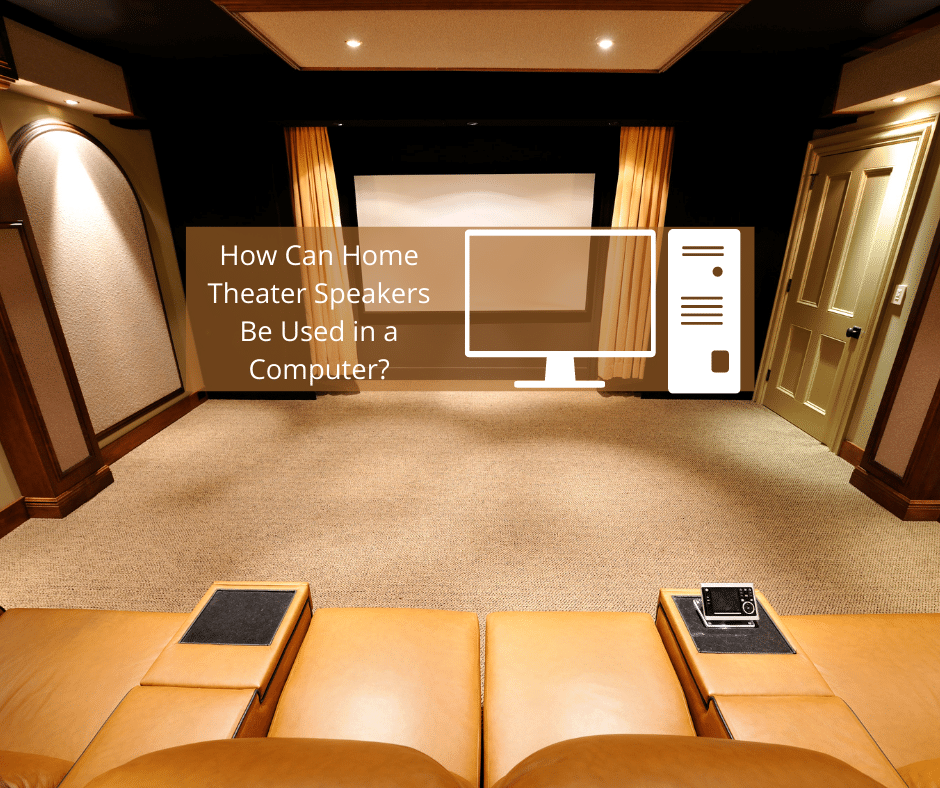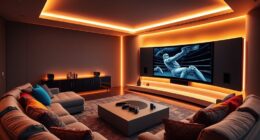
Home theaters are a great way to escape from your daily routine
The components needed for a home theater setup include high-definition movies, a sound system, and various video and audio equipment. Typically, the video output is displayed on a large screen. While Blu-ray discs are the most popular choice for video output, DVDs and video game consoles are also common options. Some home theaters might include a Home Theater PC (HTPC), which serves as a central video content library. These systems often feature a user interface designed for easy control within a 10-foot range, along with multiple input and output options. In addition, some Blu-ray players offer the capability to stream movies online.
The home theater experience is unlike regular home entertainment, and it immerses you into the story and makes you feel like you are a part of it. You can easily lose yourself in a movie for several hours.
They can create a truly immersive experience in your home
A home cinema is a great way to experience an immersive movie or sporting event. Rather than sitting in the dark and claustrophobic theatre, you can enjoy the action from your living room. With a high-quality home theater system, you’ll feel as if you’re in the center of the action.
Setting the proper lighting is essential for an immersive home cinema experience. Ambient light, which is light from the outside, as well as artificial lights within the room, can interfere with your video picture. While most remodeling projects aim to add more natural light, the opposite is true when you’re making a home movie room. Unlike other rooms, home movie rooms need to be darker to avoid light bleed, which destroys video projection images.
They can increase resale value
Home cinemas are great additions to any home, but they don’t always add resale value. They limit the number of potential buyers, and people who don’t want to watch movies might opt for an open space instead. However, there are a few things you can do to make your home more marketable, including upgrading to the latest technology.
First of all, home theaters don’t have to be big or expensive. The right components and design will make your home cinema more appealing to potential buyers. Besides the screen, you should also invest in quality theater seats, variable lighting and comfortable seating for eight or more people. In addition, you should make sure that the audio system is good and that the picture is clear and vivid.
They are more expensive than comparable units
A home theater is a luxury item and can be a great way to add value to your home. You have likely already researched other ways to add value to your property, but a home theater can make your home even more valuable. In fact, a luxury home designer estimates that over 80% of high-end homes feature some sort of home theater.
The most expensive home cinema set-up can cost upwards of $100,000 US, a price that can include high-resolution digital screens and large digital projectors. High-end models may also include a custom screening room, cinema-style seats, and audiophile-grade sound equipment. Some common home cinema design options are shown in the chart below.
They are subjective
Home cinemas are subjective and the quality of the viewing experience is determined by the viewer. The experience is similar to making memories. A memory is a compilation of one person’s perception of a particular event, and the result is completely subjective. A film would be no different. In addition to being subjective, home cinemas are a great way to enjoy movies that don’t have a theatrical release.
They are unpredictable
A home cinema is an investment that can be extremely unpredictable. This is something estate agents often point out. However, the quality of the design and materials used will play a key part in whether or not it will be a good investment. These products are no longer just for the high-end market. Today, home cinemas appeal to a wide range of demographics.
They are a nice-to-have feature
Although home cinemas are not essential, they can enhance the quality of your home theater experience. For example, if you want a quality movie experience, you can install a pull-down screen on your wall. Alternatively, you can paint the wall to create a viewing area. One disadvantage of attic home cinemas is that the ambient lighting is not very good. That’s why it’s best to install a projector with at least 1000 lumens of brightness. You can also install the projector on the ceiling of your home theater. This will give you more room for seating and will also reduce the possibility of having a screen that will block the view of someone else.
Hello, I’m Emily, and I’m delighted to join the 1Home Theatre Projector team. As a writer, I’m here to share my expertise and insights to help you create the perfect home cinema experience. Making decisions in the world of home entertainment can be overwhelming, but fear not—I’m here to provide clarity and guidance.


